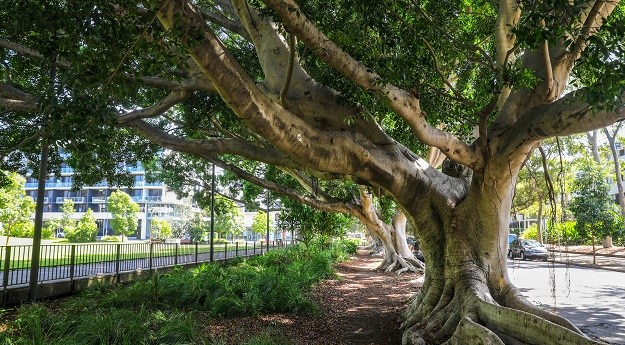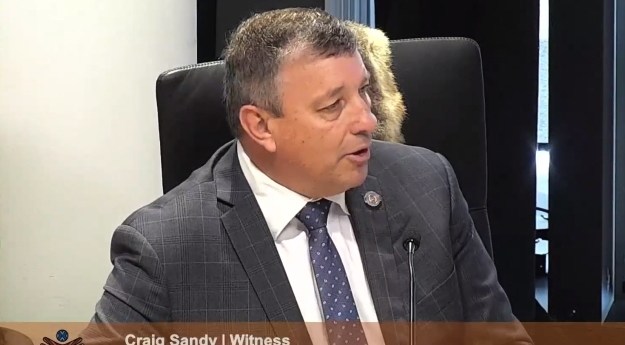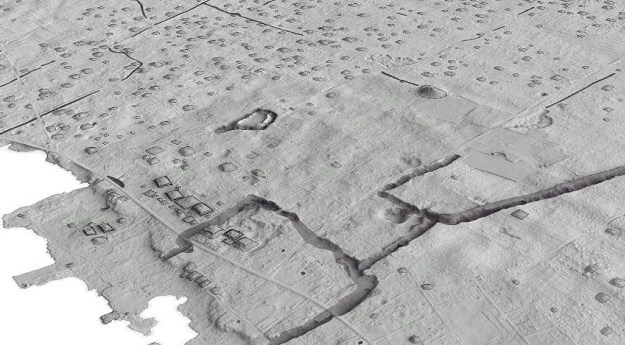
Walter Scott, the founder and chief technical officer of DigitalGlobe has used the 28th Annual National Space Symposium in Colorado Springs to announce the go-ahead of his company's WorldView-3 spacecraft.
According to a set of specifications released for the new spacecraft, it will carry pan, multi-spectral and short-wave infra-red (SWIR) sensors, with a nadir ground resolution of 31 cm, 1.24 metres, and 3.7 metres respectively.
It will be capable of daily revisits to anywhere on Earth, and capable of imaging 680,000 sq km every day.
The specification is broadly similar to DigitalGlobe's existing WorldView-2 satellite, with the addition of eight band in the SWIR region. These were added under a separate contract signed with the National Oceanic and Atmospheric Administration (NOAA), the US equivalent of the Bureau of Meteorology.
DigitalGlobe is supported by the Pentagon. In 2010, the National Geospatial-Intelligence Organisation, which gathers imagery for the US military, signed a 10 year, US$7 billion contract with DigitalGlobe and its competitor, GeoEye, to provide imagery.
The satellite will cost US$650 million.
It will be built by Ball Aerospace; the payload will be supplied by ITT Exelis Geospatial System.
DigitalGlobe's local representative, Peter Kinne, said in a presentation in Sydney on the 18 April that the SWIR bands would be of particular interest to the mining industry in Australia because of its ability to discriminate between different types of rock and soil.
It will also be of interest to people with an interest in water resource management and vegetation mapping.
The company did not disclose a launch date, although DigitalGlobe has contracted for an Atlas 5 rocket. The Atlas 5 is far bigger than is required; Scott is current looking for another satellite to share the launch cost.













